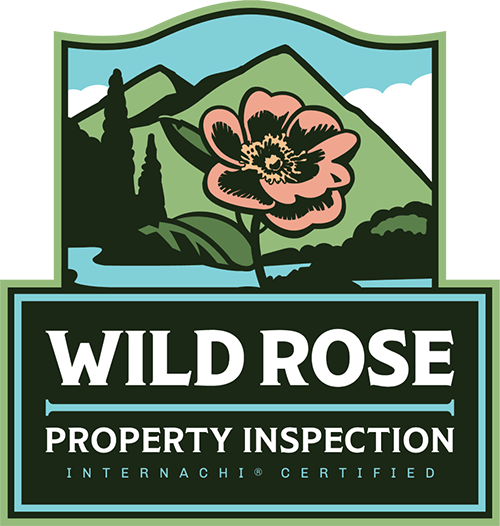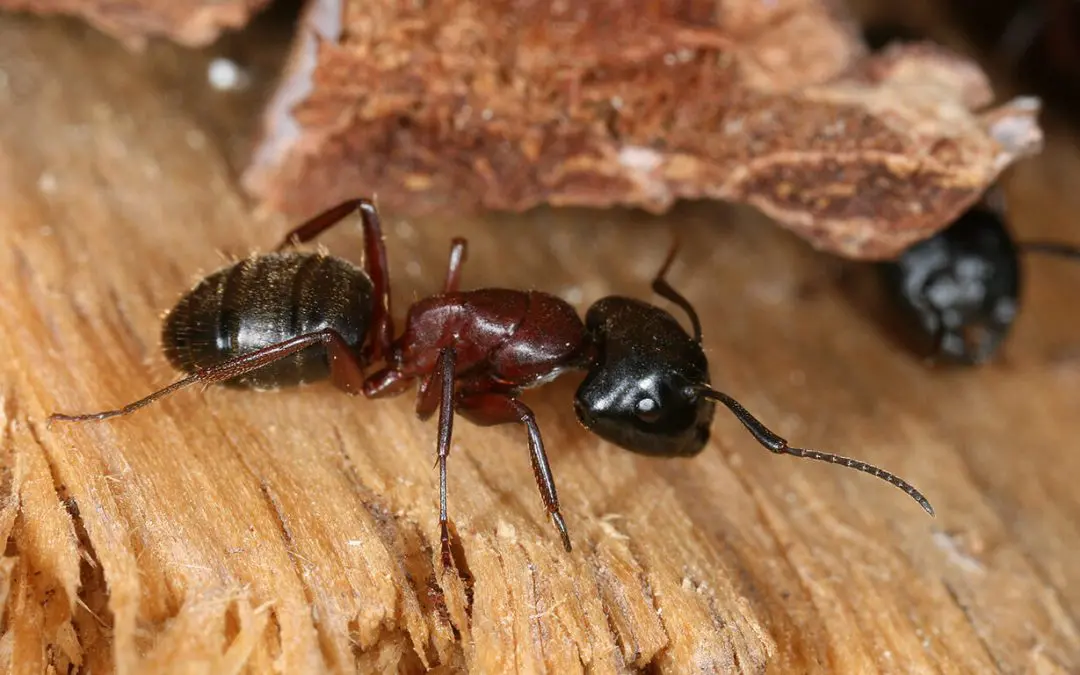As a homeowner, protecting your investment from potential threats is essential. One of the most significant threats to your house is wood-destroying insects. These tiny pests can wreak havoc on the structure of your home, leading to costly repairs and compromised safety. Here are the most common wood-destroying insects, how to identify signs of their presence, the types of damage they can cause, and steps to safeguard your home.
Common Wood-Destroying Insects in Homes
1. Termites
Termites are the most notorious wood-destroying insects because they chew through wood. Subterranean termites are the most common species found in houses. They build mud tubes to access the wood parts of the structure. Drywood termites, on the other hand, create colonies directly inside the wood they infest. Look for discarded wings, mud tubes, and hollow-sounding wood, which are typical signs of termite activity.
2. Carpenter Ants
Carpenter ants are another common wood-destroying insect that can cause significant damage to wooden structures. Unlike termites, they do not consume wood but excavate tunnels and galleries to build their nests. Look for piles of wood shavings near wooden structures, especially near windows and doors, and rustling sounds in the walls.
3. Powderpost Beetles
Powderpost beetles are small insects that lay their eggs in cracks and crevices of wood. When the eggs hatch, the larvae tunnel through the wood, leaving behind a powdery substance. Keep an eye out for small holes in wooden surfaces, which are telltale signs of powderpost beetle activity.
Signs of Damage by Wood-Destroying Insects
Wood-destroying insects can cause problems from minor surface blemishes to severe structural compromise. Signs of an infestation may include sagging or weakened wood, small holes, frass, or discarded insect wings. In advanced infestations, you may notice buckling floors, cracked walls, and even visible tunnels in the wood.
Preventative Measures
Protecting your home from wood-destroying insects starts with prevention. Ensure proper drainage around your home’s foundation to reduce moisture, as these pests thrive in damp environments. Trim vegetation away from your home. Overhanging branches and nearby shrubs provide easy access for insects. Regularly inspect your home’s wooden structures, and seal cracks or gaps to block entry points.
Awareness and early detection are vital when dealing with wood-destroying insects. Understanding the signs of infestation and taking preventative measures can safeguard your home from these pests. If you suspect an infestation or notice signs of wood damage, consult a pest control specialist to assess the situation and implement appropriate measures. By being proactive and vigilant, you can protect your home and preserve its structural integrity.
Wild Rose Property Inspection offers home inspections, including termite and wood-destroying insect inspections, to customers in the Alberta area. Contact us to request our services.

